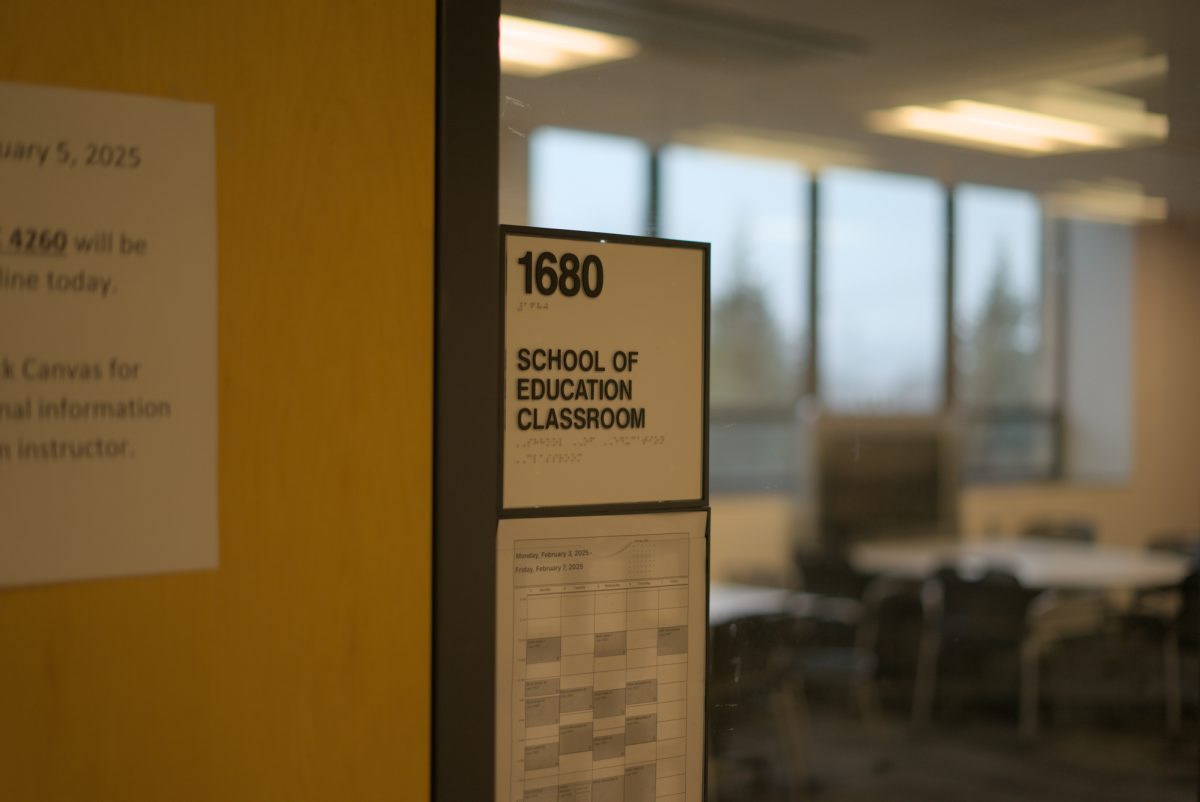Social media highly influential to candidates for connecting with digital audience
March 31, 2011
President Barack Obama’s political campaign in 2008 harnessed the power of social media by using networks such as Facebook and Twitter to connect with voters in a new way.
“It has changed campaigns by making it more of a personal process,” said Sam Roecker, communications director for the Iowa Democratic Party. “It’s a way to hear back and to interact and to have a conversation with supporters.”
Many candidates running for office, whether they are a Democrat or a Republican, have been adding social media components to their campaigns after witnessing the Obama campaign’s success.
In the 2010 governor’s race, Terry Branstad announced the kickoff of his campaign via Twitter.
“That was really effective for getting buzz and getting the name out,” said Tim Albrecht, communications director for Gov. Branstad.
Kim Reynolds was announced as Branstad’s running mate and candidate for lieutenant governor via text message, which enabled more mobile signups, Albrecht said.
Many agree that text messages are an important tool, especially on a college campus where most students text rather than talk on the phone.
“You get a higher chance of getting college students to read something if you send them a text message,” said Logan Pals, president of the ISU College Republicans. “You tend to not delete a text right away.”
Campaigns have also had to make changes to keep up with the unpredictability and speed of social media networks.
“We’ve hired a new media director, which is obviously not something we would have had just four years ago,” Roecker said. “It was not a common position in political campaigns.”
The major benefits many have found from using social networking sites include the ease of use and low cost.
“It allows you to get your message out and to engage potential supporters and engage the electorate without having to spend a lot of money,” Albrecht said.
College students especially are drawn in by the ease of it all. Getting updates on where and when a candidate will appear or clicking “yes” to a Facebook invite are just two easy ways to get students’ attention.
“It has been a great tool for candidates to use, especially on college campuses,” Pals said. “You can see which candidate has used [social media] the best by who’s the most popular on college campuses.”
Although social networking sites are gaining steam, don’t expect to see traditional campaign strategies go away anytime soon. The most important components to a successful campaign are still television and radio advertisements and direct mail, Albrecht said.
“You still need to run ads, you still need to do mailings and you still need to make phone calls,” Roecker said. “But I think in 2012 you’ll see the candidates utilize social media to a greater degree than we saw four years ago.”






